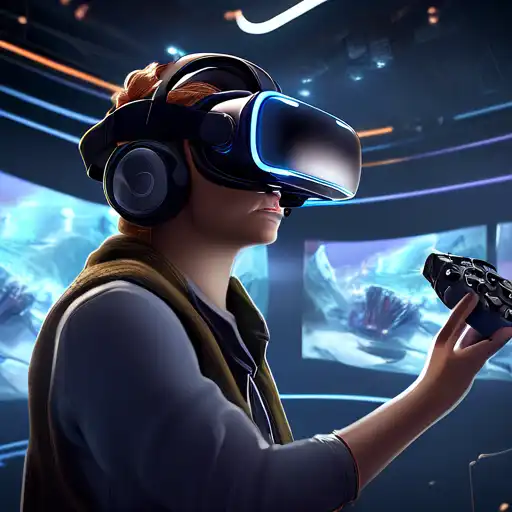Understanding the Complexities of VR Content Development
Virtual Reality (VR) has emerged as a groundbreaking technology, offering immersive experiences that were once the stuff of science fiction. However, developing content for VR presents a unique set of challenges that creators must navigate to deliver compelling and engaging experiences.
Technical Limitations and Hardware Diversity
One of the primary hurdles in VR content development is the vast array of hardware available. From high-end PC-connected headsets to standalone mobile devices, each platform has its own specifications and limitations. Developers must optimize their content to perform seamlessly across this diverse ecosystem, often requiring significant adjustments to graphics, performance, and interactivity.
Creating Immersive and Interactive Environments
Unlike traditional media, VR places the user inside the experience, demanding a higher level of interactivity and immersion. Designing environments that are both engaging and intuitive requires a deep understanding of spatial design and user psychology. This often involves complex programming and creative storytelling techniques to ensure users feel truly present in the virtual world.
Motion Sickness and User Comfort
Another significant challenge is mitigating motion sickness, a common issue among VR users. Developers must carefully design movement mechanics and visual cues to minimize discomfort, balancing realism with user comfort. This includes optimizing frame rates, reducing latency, and implementing comfortable locomotion options.
High Production Costs and Resource Intensity
Developing VR content is resource-intensive, requiring specialized skills and equipment. From 3D modeling and animation to sound design and programming, the production process can be costly and time-consuming. Small teams and independent creators often face financial constraints, limiting their ability to compete with larger studios.
The Future of VR Content Development
Despite these challenges, the future of VR content development is bright. Advances in technology and tools are making it easier for creators to overcome these hurdles, opening up new possibilities for immersive storytelling and interactive experiences. As the industry continues to evolve, we can expect to see more innovative solutions that push the boundaries of what's possible in virtual reality.
For those interested in exploring more about the evolution of digital media, check out our article on The Rise of Interactive Media.
